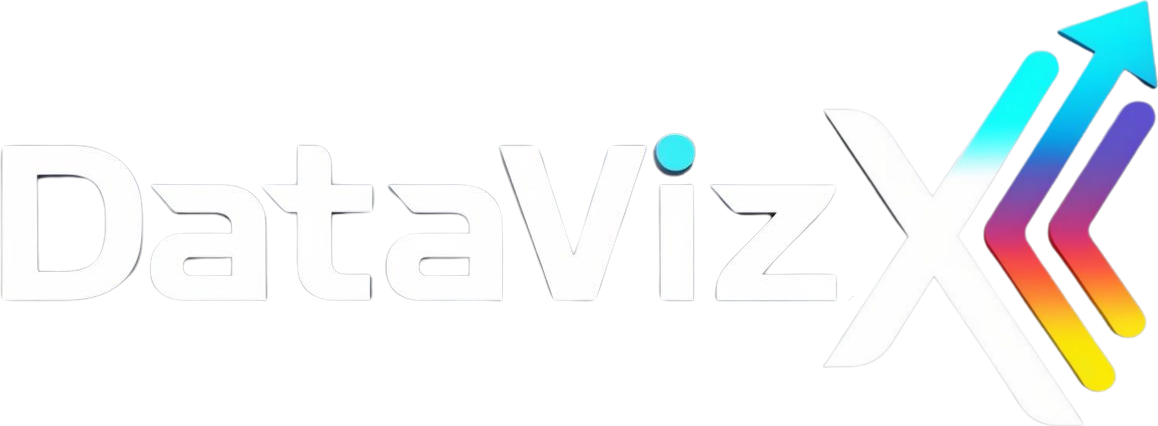Social Housing Providers: How to Improve Property Management with Dashboards

In a complex sector subject to constant regulatory changes, having efficient tools to measure and improve property management is essential for social housing providers. Managing social housing requires not only the optimization of resources but also maximizing social and economic impact. Today, dashboards are valuable allies in property management, enabling providers to monitor performance indicators and make informed decisions.
Challenges of Property Management for Social Housing Providers
In France, approximately 5.3 million social housing units house nearly 10 million people, with demand for housing steadily increasing. As of December 2022, the number of social housing applications was 4.3 times higher than the available units, putting immense pressure on providers to maximize the use of their housing stock.
Social housing providers must also adapt to regulatory changes, such as the Elan law, which requires smaller providers to merge, pooling resources and costs. In this demanding environment, improving property management is a strategic priority. Dashboards have become essential tools for social housing providers to achieve their goals.
Property Management Dashboards: Which Indicators to Track?
Key Performance Indicators (KPIs) may vary depending on the specific objectives of each social housing provider, but some are essential for measuring property management performance.
1. Occupancy Rate
The occupancy rate measures the effectiveness of attracting and retaining tenants. A low occupancy rate leads to financial losses and increases management costs for the housing portfolio.
Formula: (Number of occupied units / Total number of units) x 100
Did You Know? The vacancy rate, which measures the percentage of unoccupied units, is an essential complementary indicator to identify vacant units and their associated costs.
2. Complaint Rate
The complaint rate measures the percentage of tenants who have submitted complaints. This KPI reflects tenant satisfaction and helps identify areas for improvement to build stronger tenant relationships.
Formula: (Number of complaints / Total number of tenants) x 100
3. Rent Collection Rate
This indicator measures the percentage of rent collected compared to the rent due. A low collection rate impacts the provider’s investment capacity and requires immediate action to prevent service deterioration.
Formula: (Rent collected / Rent due) x 100
4. Turnover Time
Turnover time represents the time required to re-let a unit after a tenant leaves. The shorter the turnover time, the more efficient the property management, minimizing financial losses due to vacant units.
5. Lease Renewal Rate
This indicator measures the percentage of tenants who choose to renew their lease. A low renewal rate may indicate tenant dissatisfaction, while a high rate reflects satisfaction and stability.
Formula: (Number of tenants renewing leases / Total leases expiring) x 100
6. Property Management Cost
Monitoring management expenses, including personnel and operating costs, is essential for evaluating the financial performance of the organization. Controlled management costs demonstrate efficient property management.
7. Maintenance Cost
This KPI covers expenses related to building and equipment maintenance. Tracking these costs is essential for effective maintenance planning and long-term investment strategies.
8. Housing Allocation Objectives
Social housing providers often must meet allocation objectives set by regulations. Monitoring this indicator ensures compliance with regulatory standards, essential for housing allocation committees and occupancy reviews.
How Social Housing Providers Can Use Dashboards to Optimize Property Management
The effectiveness of dashboards depends on selecting the right indicators and using these tools regularly. To optimize property management, social housing providers should:
• Choose KPIs aligned with objectives: KPIs should be directly related to the provider’s strategic objectives and easily measurable.
• Regularly update indicators: This helps reflect regulatory and organizational changes for responsive management.
• Share KPIs with teams: Sharing results contributes to a performance-driven culture and recognizes organizational success.
• Train teams: Educating and training teams on dashboard use is crucial for understanding and effectively using indicators.
Did You Know? In France, 70% of social housing providers report that improving property management through well-defined KPIs increases tenant satisfaction and retention.
The Importance of Business Intelligence in Property Management
Business Intelligence (BI) tools now offer social housing providers powerful solutions to track their KPIs in real-time. A dashboard platform like Inside and Power BI enables them to visualize key performance indicators, better understand trends, and make informed decisions. These tools also allow for customizable visualizations for different users, which improves data comprehension across the organization.
How DataVizx Can Help Social Housing Providers
At DataVizx, we support social housing providers in leveraging data analytics to transform property management. By integrating solutions such as Inside and Power BI, DataVizx provides custom reports and dashboards that give a clear overview of KPIs, enabling quick, informed decision-making.
With DataVizx, social housing providers can:
• Optimize occupancy rates: Access insights on occupancy rates and turnover times to minimize costs related to vacant units.
• Enhance tenant satisfaction: Monitor complaint and lease renewal rates to understand and respond to tenant needs.
• Strengthen rent collection: Track collection KPIs to anticipate payment issues and maintain healthy cash flow.
• Control maintenance and management costs: Visualize maintenance expenses to optimize long-term investments in social housing.
Our platform ensures that performance indicators are easily interpretable, contributing to data-driven property management. Our solutions also enable automated reporting, reducing manual efforts and ensuring real-time data reliability.
Did You Know? Social housing providers using BI platforms like Inside and Power BI with DataVizx support report a 25% reduction in management costs thanks to better data visualization and understanding.
Conclusion
Property management dashboards are essential tools for social housing providers, allowing them to efficiently manage operations and improve tenant satisfaction. In a sector subject to economic and regulatory pressures, integrating Business Intelligence tools like Inside and Power BI, alongside DataVizx expertise, optimizes processes and supports data-driven decisions.
To learn more about how DataVizx can transform your property management and help you achieve your goals, feel free to contact us today.

